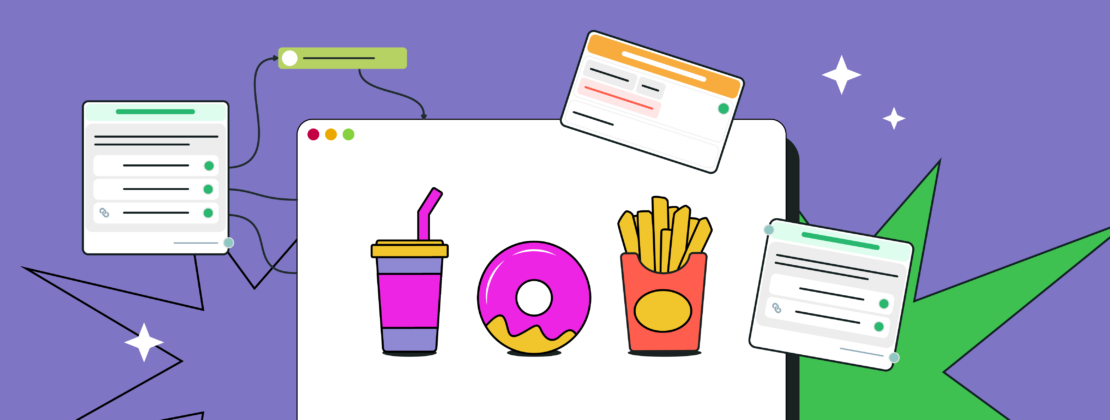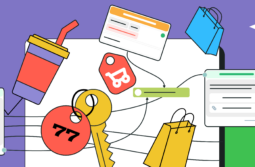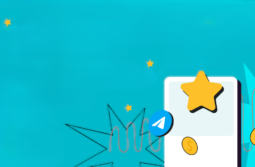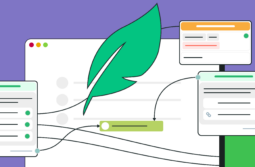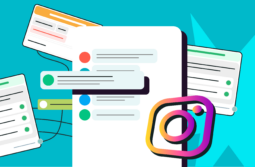Chatbots have become a staple on all sorts of business websites and social media, and their influence is now also reaching the hospitality industry. Restaurant chatbots can easily and efficiently take over routine tasks like taking orders, answering customer questions, and many more basic interactions. Such automation allows your staff to concentrate on more important goals, such as delivering an exceptional in-person dining experience.
In this post, we’ll look at how you can use a chatbot for a restaurant to bring more to the table.
Content:
What is a restaurant chatbot?
A restaurant chatbot is conversational software designed to handle routine tasks automatically. It can display your restaurant’s menu, make recommendations, answer common questions, ask for feedback, provide delivery updates, and more, allowing your customers to get the information they need quickly and easily without waiting for a staff member. These chatbots can be used on various platforms, including restaurant websites, social media pages, and messaging apps.
Restaurant chatbots are beneficial for both the restaurant and its customers. They offer 24/7 support, allowing you to handle inquiries anytime. By automating repetitive tasks, chatbots reduce the need for a large customer service team. Plus, they can use customer data to make personalized recommendations, remember previous orders, and customize interactions based on individual preferences. You can then use this information to send personalized email campaigns and build stronger customer relationships.
How can restaurant chatbots be used?
A chatbot for a restaurant is a versatile tool that can simplify a variety of crucial interactions. Here’s where they can make a big difference in how your restaurant runs:
- Customer service and support. Restaurant chatbots let businesses provide instant answers to common questions about the menu, business hours, location, and reservation policies. They can even assist in multiple languages, making your establishment accessible to a wider audience.
- Order placement and tracking. Restaurants can use AI chatbots to take orders and send real-time updates on their status, from preparation to delivery.
- Reordering. Some chatbots can collect and store user data, allowing regular customers to reorder their favorite dishes with just a few clicks.
- Table reservations. Visitors can conveniently book a table directly through your restaurant’s chatbot, which will automatically check table availability and send them a confirmation. It can also handle virtual waiting lists.
- Promotional messages. Chatbots for restaurants can send out personalized promotions, discounts, and special offers to customers based on what they have ordered in the past.
- Loyalty programs. Customers can check their loyalty points, redeem rewards, and learn about your special events using the chatbot.
- Surveys and reviews. After an order or visit, chatbots can ask customers to provide feedback, rate their experience, and leave reviews.
- Menu assistance. Chatbots can suggest menu items based on what customers have liked before and provide details about ingredients and allergens.
- Staff assistance. By handling routine questions, chatbots free up your staff to focus on more important tasks and connect customers with a live agent when needed.
Restaurant reservation bots come in handy in numerous scenarios. By leveraging their robust features, restaurants can boost customer satisfaction and make their day-to-day operations smoother and more efficient.
Tips on how to create a chatbot for a restaurant
Creating an effective restaurant chatbot involves careful planning, design, and implementation. Let’s take a look at some tips that can help you create an effective virtual assistant.
- Set clear objectives. Before you start, decide what you want your chatbot to do. For instance, it might include reducing customer service response wait times, increasing online orders, or giving customers information about your restaurant.
- Choose a platform. You can either opt for a dedicated chatbot builder or have one custom-made. Always make sure that your chatbot works smoothly with your restaurant’s existing systems, like your online ordering platform.
- Think about design. For social media bots, the design and layout are often pre-set, but if you’re adding a chatbot to your website, try to match it to your restaurant’s look and feel. Use your brand’s colors, logos, and images to make sure your brand identity is consistent across all channels.
- Keep your tone consistent. The way your restaurant chatbot talks should match the brand voice you use on your website. Whether your restaurant is casual or formal, keep that same style in your chatbot’s responses.
- Add helpful features. Make things easy for customers by using quick-reply buttons for common actions like ordering food or asking for the menu. You can also add carousels or galleries to show off your menu items or promotions.
- Add guided interactions. For smoother communication, use prompts and questions to guide users through the conversation. For instance, “What can I help you with today?”
- Handle errors in a friendly manner. If your chatbot doesn’t understand something, have it ask the user to clarify their question. For instance, “I didn’t quite get that. Could you please rephrase your question?”
- Have a backup plan. Always include an option for users to talk to a human assistant if your restaurant chatbot can’t solve their problem.
By following these tips, you can build a user-friendly chatbot for a restaurant that enhances your website or social media, making it easier for customers to connect with your business.
10 restaurant chatbot examples
Restaurants use chatbots in different ways to improve customer service. We’ve selected some excellent restaurant chatbot examples that might inspire your next virtual assistant. Let’s have a closer look!
Domino’s Pizza
Domino’s Pizza created a Facebook Messenger chatbot to help customers place their orders. When users send a message, they can choose to order, track their order, or contact customer support. The chatbot makes ordering easier by letting customers pick their favorite items from the menu and select either delivery or carryout. It even gives real-time updates on the order status.
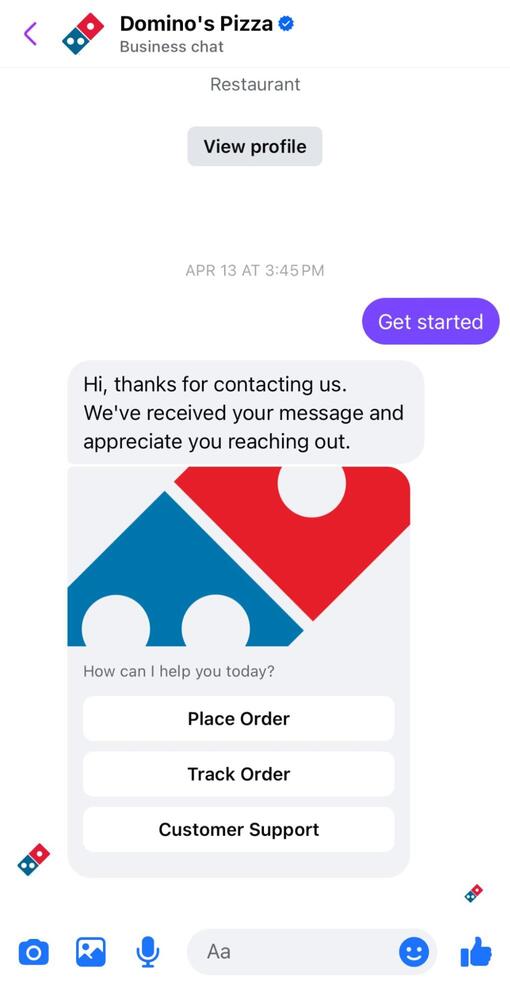
Noodles Company
Noodles Company uses Instagram Direct to communicate with customers. When users open the chat, they’re given options to ask about specialty foods, ingredient sourcing, reservations, and pickups. Customers can also get information about nutritional details, allergens, and ongoing promotions.
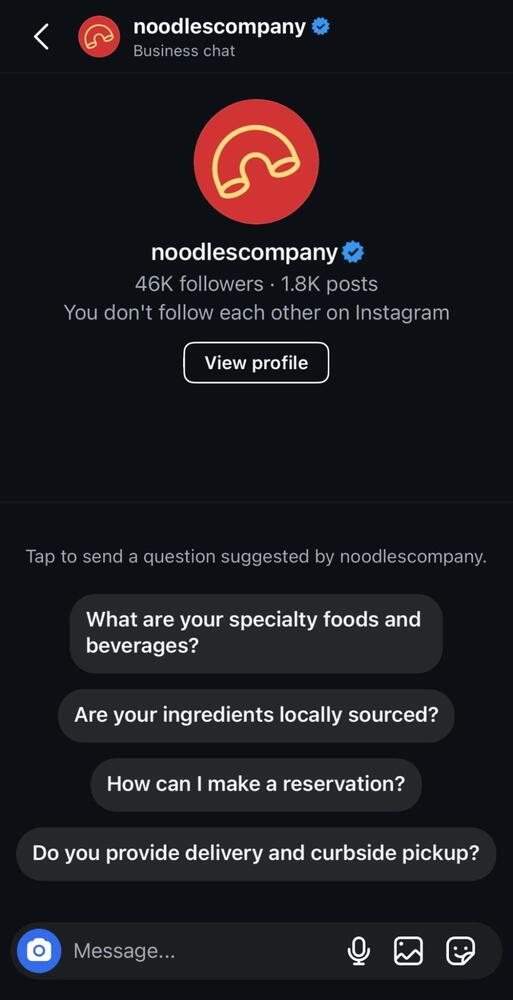
Panda Express
Panda Express has a chatbot for their restaurant on Instagram that helps customers with various questions. For instance, users can ask about the loyalty program, get help with placing an order, or find information about dining at their locations.
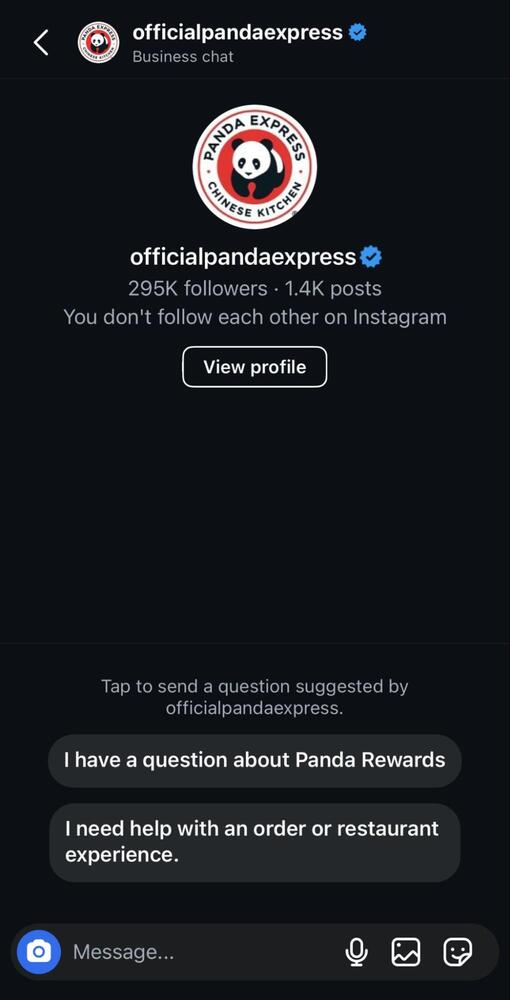
The Attendant
The Attendant, a coffee shop chain, offers a chatbot on its website. It helps customers in two ways: those interested in buying products and those looking to visit a shop. The chatbot provides information like operating hours, allows users to book a table, and even helps sign up for newsletters. There’s also an option to send a custom message if they want to talk to a human agent.
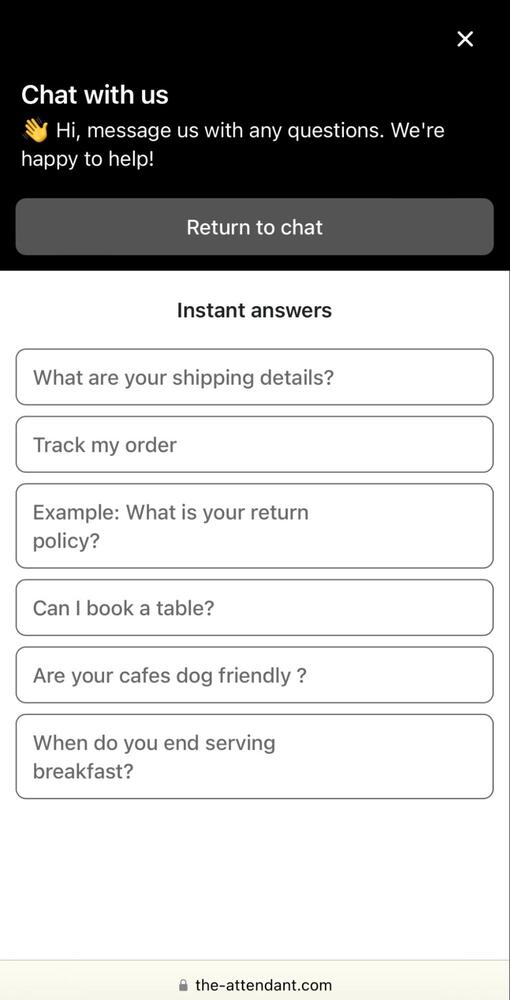
Sweet Cheeks
Sweet Cheeks uses a restaurant chatbot on Facebook to answer common questions. It has quick message options, so customers can easily start a conversation and get the information they need.
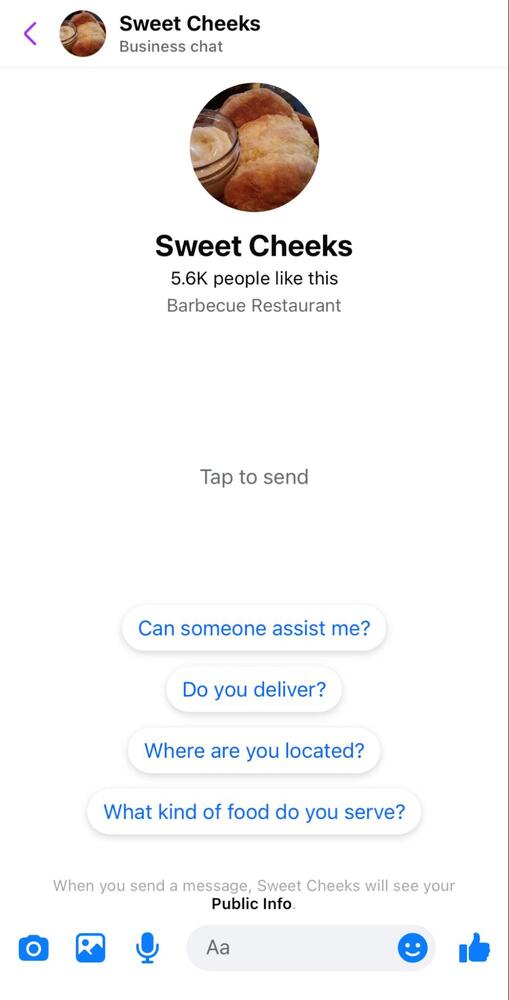
The Upper Crust Pizzeria
Another example is from The Upper Crust Pizzeria. The chatbot doesn’t have a built-in menu, but users can get a link to their website, where they can browse the menu and place an order.
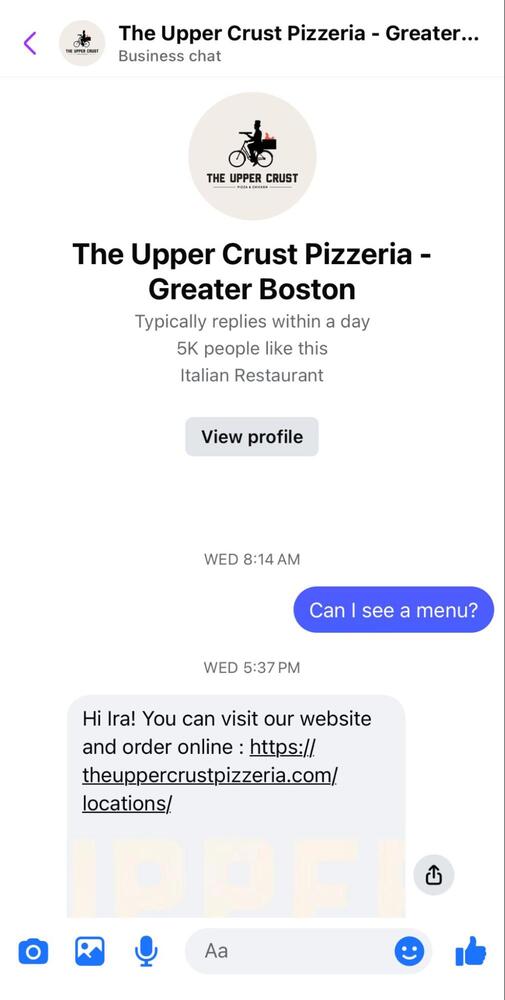
Dutch’s
Some restaurants prefer to match their chatbot’s availability with their working hours. For example, Dutch’s uses an automatic response to let customers know their message was received and that they’ll get a reply once the restaurant is open.
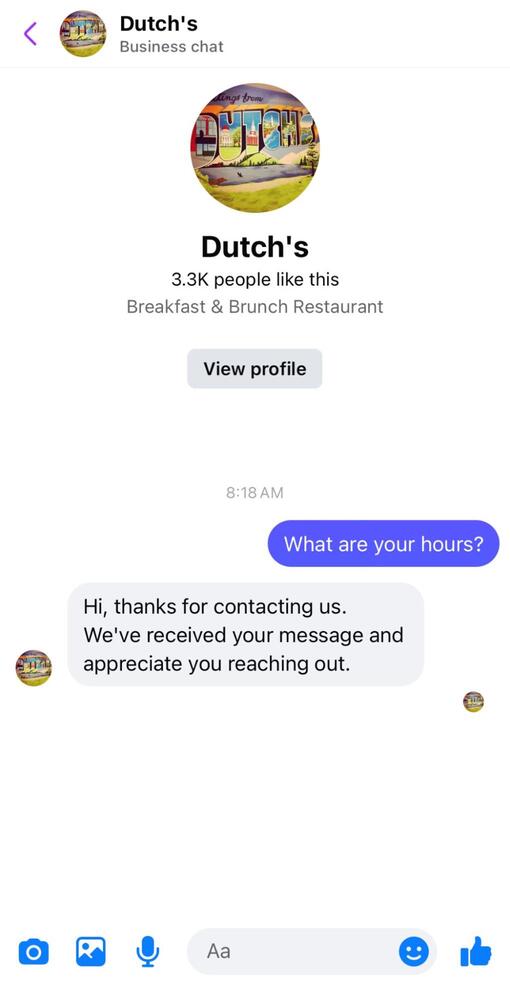
La Barraca
La Barraca offers a restaurant reservation bot on their website. It makes it easy for visitors to choose a time and book a table for their group. There’s also an option to redeem or buy gift vouchers.
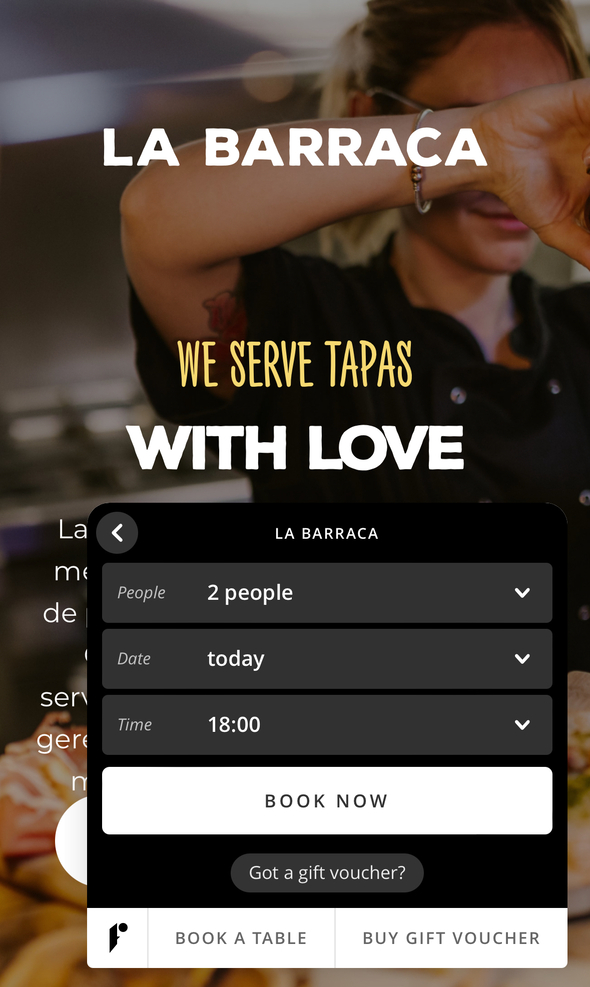
Desert Chill Ice Cream
Desert Chill Ice Cream sells handmade ice cream from a van, but customers can also order for home delivery or pre-order for events. They use WhatsApp live chat on their website so that customers can reach out directly for questions or orders.
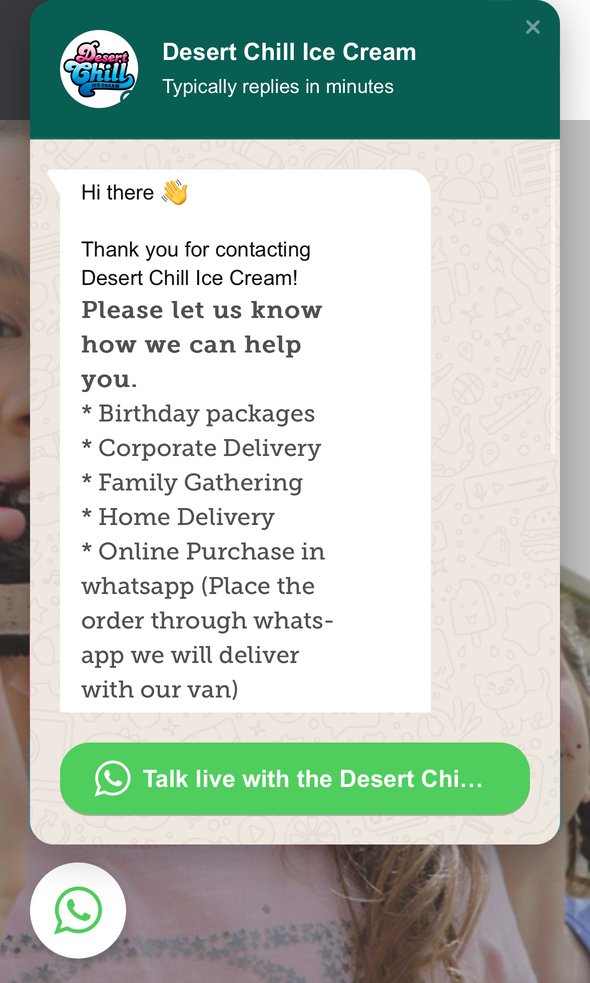
Cluny Bistro & Boulangerie
Cluny Bistro & Boulangerie is another restaurant that uses chatbots for customer support. While it doesn’t offer quick replies, visitors can still send messages and get help from a live agent. If there’s a delay, this restaurant chatbot gives users a form to leave their email for a response later.
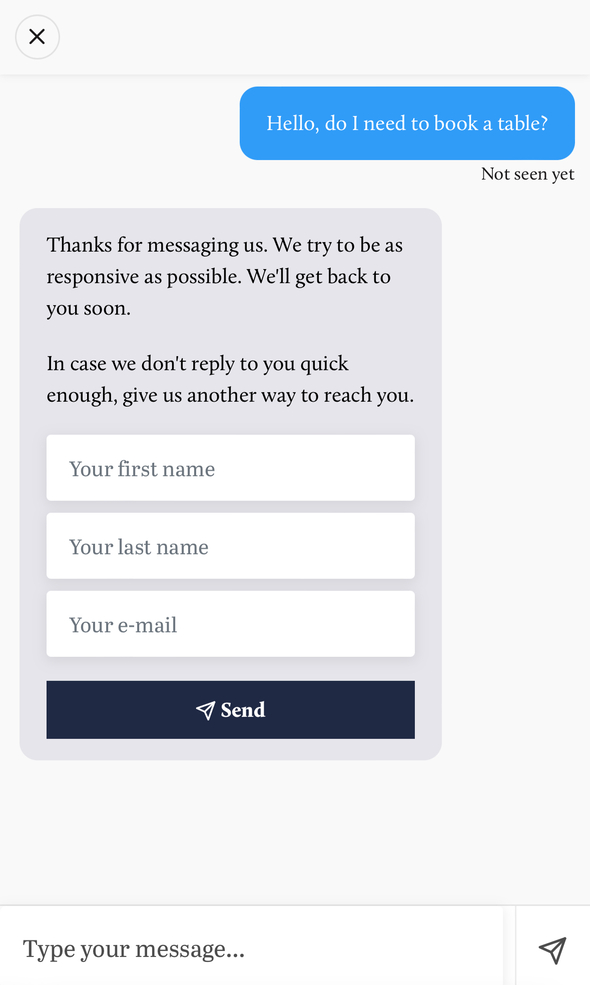
How to create a chatbot for your restaurant in SendPulse
With SendPulse, setting up a restaurant chatbot for your website, Facebook, Telegram, WhatsApp, Instagram, or Viber is easy — even if you don’t have any coding experience. Let’s walk through the main steps to get your chatbot up and running.
Select a bot type
First, decide where you want your chatbot to be. In SendPulse, you can pick live chat for your website or select from other options like social media or messaging apps.
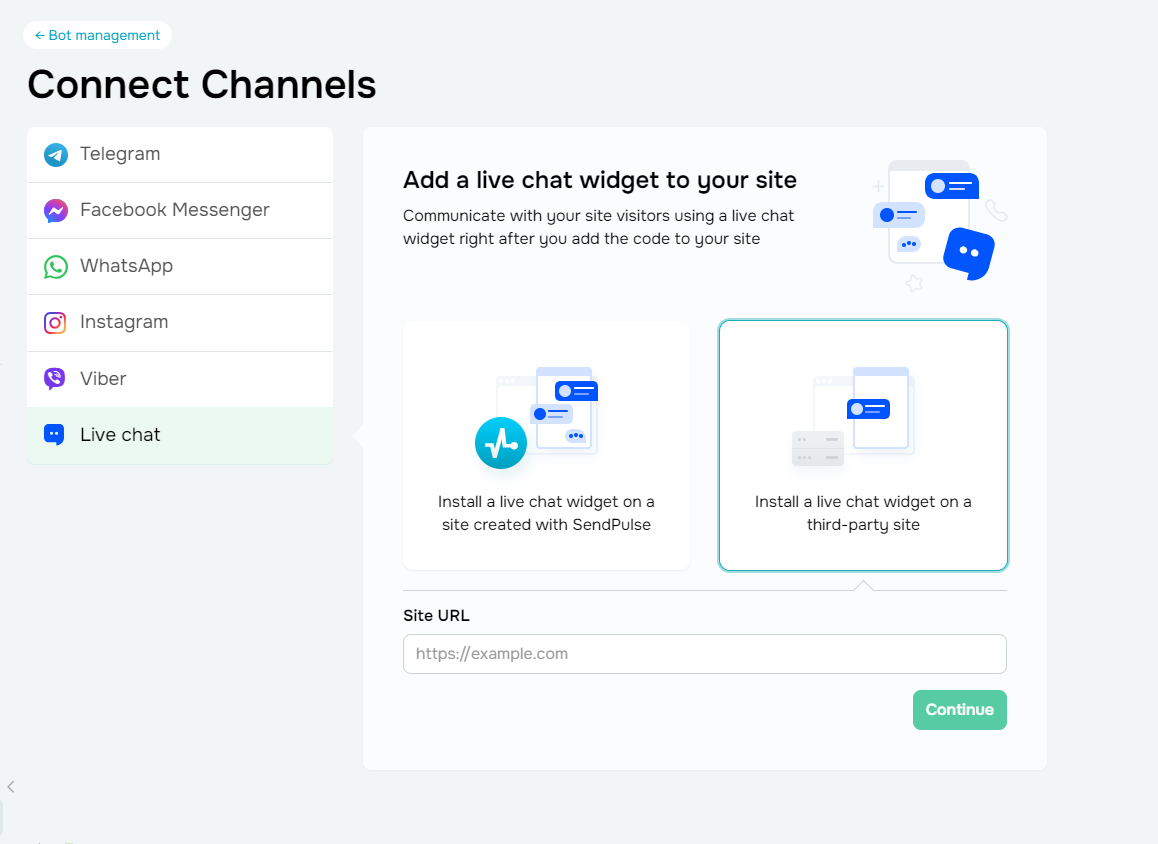
Create an automated chatbot flow
SendPulse offers pre-built chatbot flows, such as a welcome message, standard reply, and unsubscribe option. You can edit these or add your own triggers to customize the flow for your restaurant chatbot. If you need more flexibility, you can also create a brand-new flow using custom triggers.
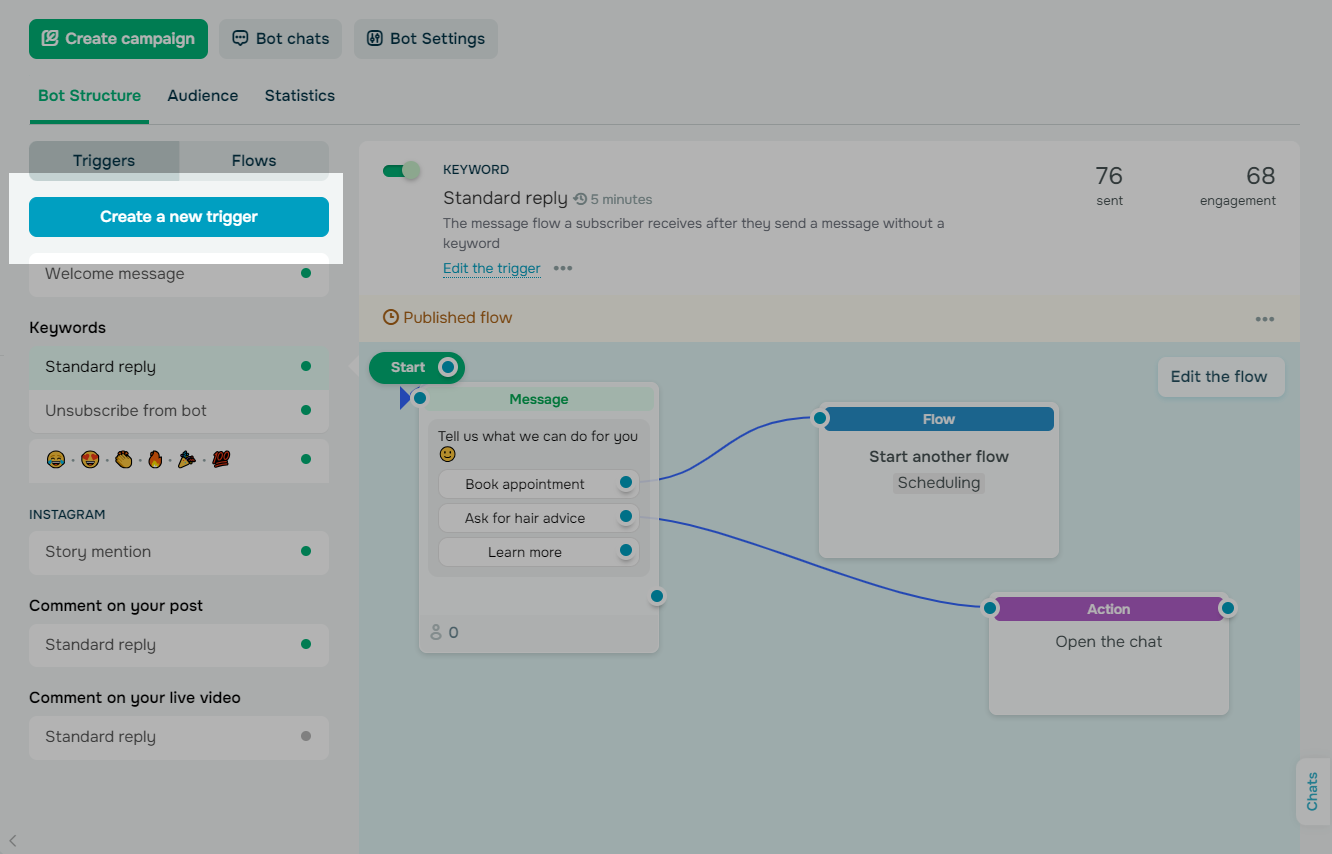
If you’re creating an Instagram chatbot, you can set up auto-replies to post comments, brand mentions, and more.
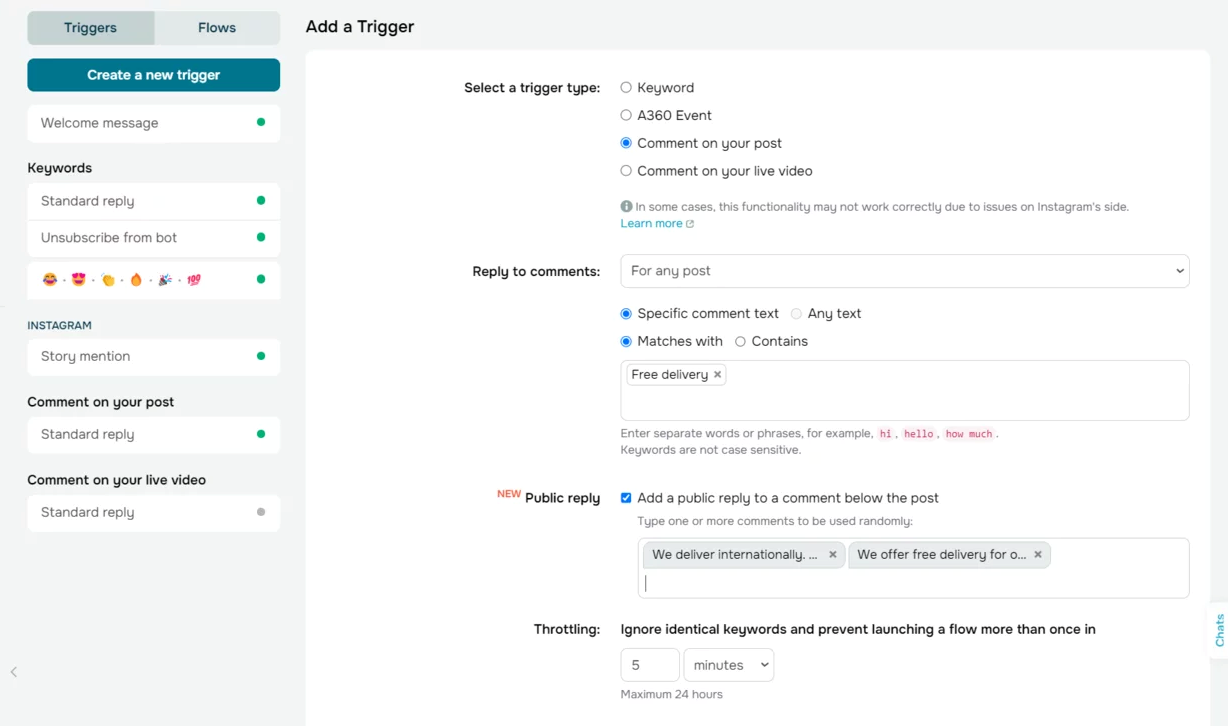
Add chatbot elements
To enhance your chatbot, SendPulse lets you add various elements like text, buttons, images, carousels, and audio or video files. Quick replies can speed up responses, and delays help break longer messages into smaller chunks. Advanced features like filters for segmenting users, pauses to stop automated messages, and random elements for A/B testing are also available.
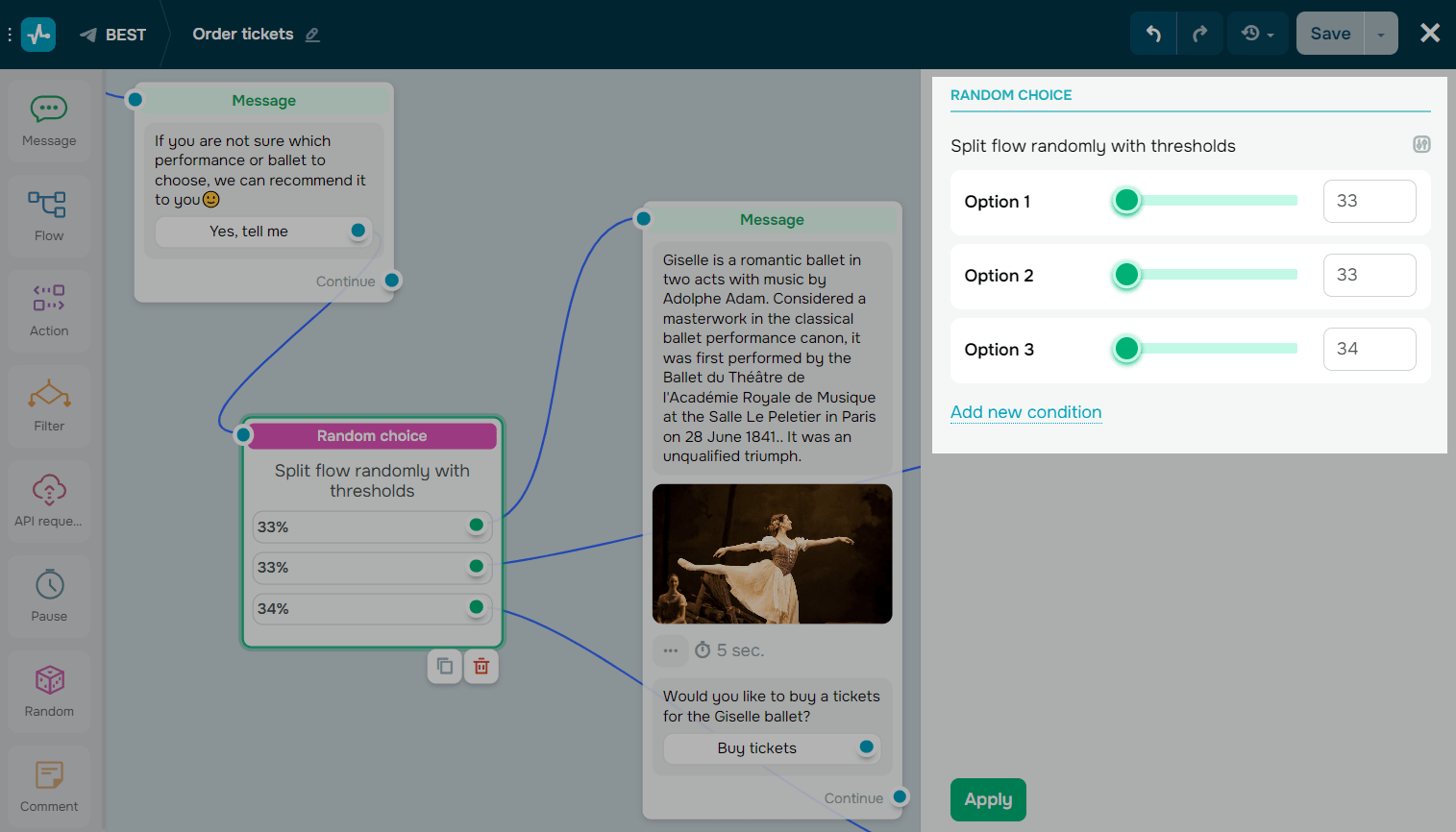
Launch your flow
Once you’ve added all the necessary elements, you can save your flow and test your restaurant chatbot. If no further adjustments are needed, publish it and start tracking stats like click-through rates from the dashboard. SendPulse also allows you to connect your chatbot to different channels.
The bottom line
To sum up, restaurant chatbots are a great way to improve customer service and make things run more smoothly. With a chatbot, restaurants can quickly answer customer questions, promote special deals, and collect feedback — all of which help create a better dining experience.
SendPulse s a solid choice for building and managing chatbots for restaurants. It offers plenty of advanced customizable features to fit any restaurant’s needs. Plus, you can create a bot for your website or social media platforms for free.
Give it a try today and see how it can transform your customer interactions!!
